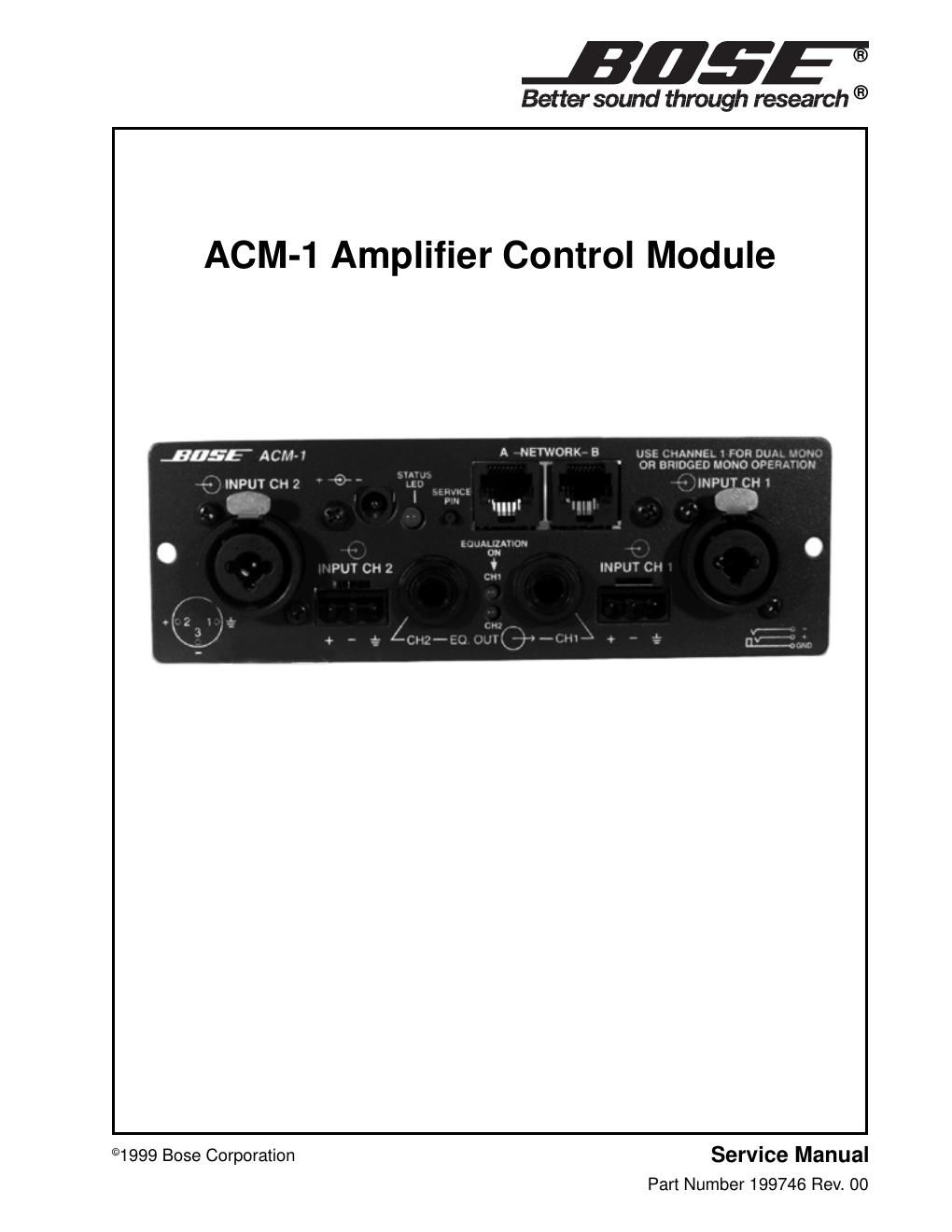Bose acm 1 amplifier control module service manual
This is the 30 pages manual for bose acm 1 amplifier control module service manual.
Read or download the pdf for free. If you want to contribute, please upload pdfs to audioservicemanuals.wetransfer.com.
Page: 1 / 30
